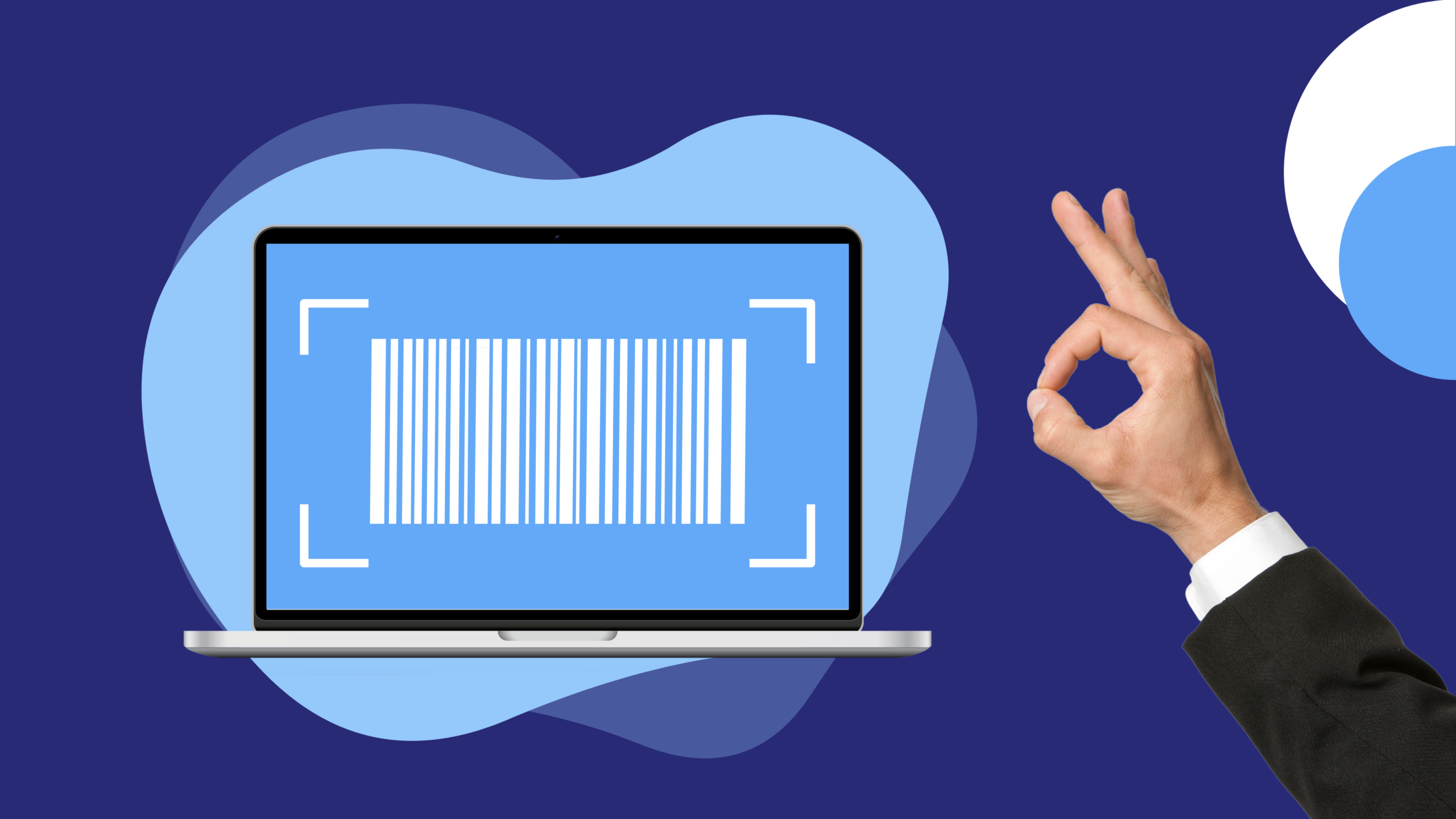If you’re in retail or e-commerce, you’ve likely heard of the SKU (Stock Keeping Unit) term. But have you considered how essential it is for improving efficiency and scaling your retail operations? SKUs aren’t just product codes; they’re the backbone of effective inventory management and a crucial driver of profitability.
This blog explores the importance of SKUs in the retail sector, highlights their key benefits, and provides actionable tips on how to create and manage SKUs that work for your business.
What Is a SKU and Why Does It Matter?
A Stock Keeping Unit (SKU) is a unique, alphanumeric code assigned to each product in your inventory. These codes help businesses easily track and manage their stock. Retailers customize SKUs to include product details, such as brand, size, color, or model, enabling businesses to organize and retrieve products quickly.
While it might seem like just a bunch of letters and numbers, SKUs are indispensable for efficient operations in retail. Whether you’re running a physical store or an e-commerce website, SKUs allow you to:
➜ Organize your inventory: Easily locate, categorize, and track items.
➜ Streamline operations: Simplify order fulfillment and supply chain processes.
➜ Enable informed decision-making: Use SKU data to analyze trends, forecast demand, and minimize stock outages.
By implementing a powerful SKU system, you’re not just organizing your shelves; you’re setting up your entire business for better efficiency and growth.
How SKUs Transform Retail Operations
1. Better Inventory Management
SKUs are the most efficient tool for tracking inventory. They allow businesses to:
- Monitor stock levels in real time to avoid overstocking or empty shelves.
- Reduce “phantom inventory” (items that appear in your system as available but are missing from your warehouse).
- Simplify restocking by identifying products that need reordering based on sales trends.
For example, if you’re a shoe retailer selling multiple brands and sizes of sneakers, assigning unique SKUs such as NIKE-SNK-BLK-10 makes it easy to differentiate between styles and sizes, ensuring smoother inventory control.
2. Faster Order Fulfillment
When an online or in-store purchase happens, SKUs play a central role in ensuring the correct item is located, packed, and shipped to the end customer. By scanning SKU barcodes, staff can quickly identify a product, preventing delays or errors during fulfillment.
Consider subscription box services or multi-product orders. Accurate SKU tracking ensures each package is assembled correctly, keeping customers happy and building brand loyalty.
3. Actionable Sales Insights
Retailers can use SKUs to pinpoint what’s selling and what’s not. With detailed SKU-level sales reports, you can:
- Identify high-performing products and prioritize them in marketing or stock replenishment.
- Spot slow-moving items, allowing you to plan discounts or promotions.
- Forecast future demand more accurately.
For example, SKU data might reveal that blue, size-medium t-shirts outsell other sizes or colors during summer, helping prepare seasonal stock ahead of time.
4. Improved Customer Experience
Imagine a customer entering your store looking for a red blouse in a specific size. Instead of manually searching, your staff can use the SKU code to locate the exact item in seconds. The result? A satisfied customer and a solid chance of repeat business.
Online retailers benefit too! Using SKUs, e-commerce sites can suggest complementary products or alternatives for out-of-stock items during checkout, enhancing the shopping experience while boosting upsells.
5. Easy Multichannel Selling
For businesses exploring omnichannel strategies, SKUs help unify inventory across all touch points. Whether it’s your website, a marketplace like Amazon, or a brick-and-mortar location, synced SKU data ensures consistency in stock levels and product information. Platforms like Shopify POS or Icecat can help retailers align multichannel operations effortlessly using SKU systems.
6. Enhanced Efficiency with Automation
Pairing SKU codes with inventory management systems (IMS) or point-of-sale (POS) systems can eliminate manual errors and save hours of work. These systems automatically associate SKU codes with sales, updating stock data in real time and freeing employees to focus on more critical tasks.
Use automation tools to integrate your SKUs with advanced product information management (PIM) systems like Icecat PIM, which create a centralized hub for your product data. This ensures scalability and error-free operations, especially for growing businesses managing thousands of products.
Best Practices for SKU Creation and Management
Crafting and managing SKUs might seem overwhelming at first. Here’s a quick guide to get you started:
Creating Effective SKUs
1. Make SKUs Descriptive Yet Efficient: Incorporate key product details, like brand, category, color, and size, in a logical sequence. For example: BRAND-CATEGORY-COLOR-SIZE = NIKE-SNK-BLK-10
2. Keep It Alphanumeric: Avoid special characters (like !@#$) to ensure compatibility with inventory systems and prevent recognition errors.
3. Opt for Standardized Lengths: Limit SKUs to 8–12 characters. This makes them easy to read and manageable for integration into third-party software or PIM platforms.
4. Apply Sequential Numbering: Add sequential IDs at the end to maintain unique identifiers for similar products. For example:
- T-SHIRT-BLUE-M-002 (for revisions)
- T-SHIRT-BLUE-M-001 (for SKU introduction)
Managing SKUs
1. Train Your Team: Educate your staff on SKU structure and hierarchy, ensuring proper usage during inventory updates or restocking.
2. Regularly Update SKUs: Adjust SKUs when you launch new features, discontinue products, or introduce new product lines to ensure consistency.
3. Leverage Tech Tools: Consider using inventory and PIM platforms to manage SKU data.
4. Monitor Performance Trends: Analyze SKU data periodically to assess product performance. This helps make data-driven business decisions.
My is a Digital Marketer who aligns product strategies with customer needs, driving impactful campaigns and business growth.



